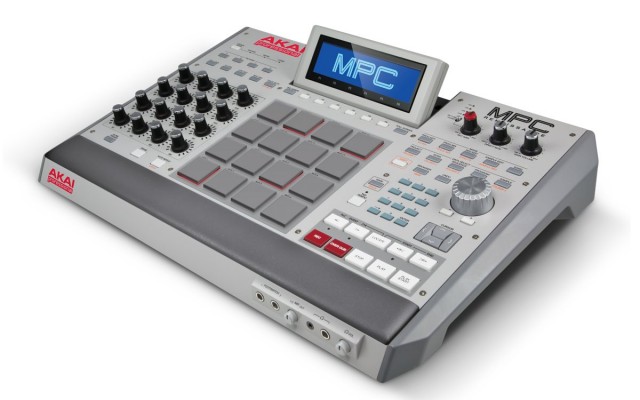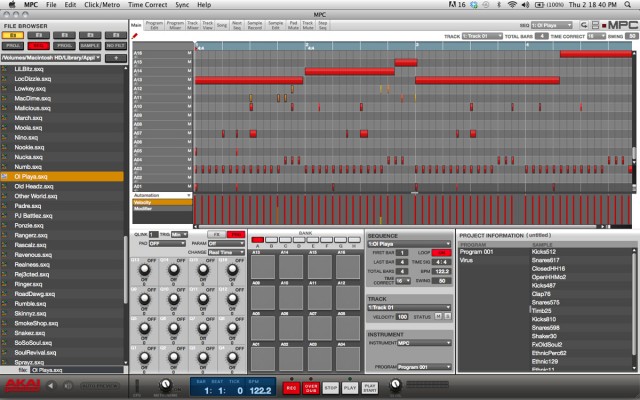Let’s get one thing straight: now that Akai has made the jump from hardware to hybrid hardware/software, the hardware they make is very, very good.
The MPC Studio is slim and messenger bag-friendly, when Native Instruments’ Maschine is big and luggable. The MPC Renaissance is more of a “throw it in your station wagon” affair, but it feels fantastic – the pads are brilliant.
The downside has been software. But Akai is making headway there. I’m not convinced the changes are going to make anyone switch, but I can imagine what Akai is delivering here should make existing users very happy, indeed.
As NI bundled Maschine with Massive, Akai also – via InMusic’s AIR – have a killer synth of their own, the lovely Hybrid 3. But while bundles are nice extras, I think the big news here is more mature functionality for the MPC software’s workflows.
Musically speaking, the best feature of all may be “Direct Record” mode. After all, the heritage of the MPC is all about sampling – it’s what made it so essential in music. Here, finally, we see looping as an essential feature, recording layers directly in real-time.
New in this release:
-
Real-time loop-style sample layering, “Direct Record” mode
A new mixer architecture: better metering, better control (much-needed – and often-overlooked; mixing is an essential part of the drum machine/groove workstation)
“Filter” the information displayed on the mixer for customized information views
Audio export finally works as it should: export by program and track
Expanded track automation, with visual feedback
Better performance, with a multi-processor audio path
Reworked browser with adjustable volume on sample auditioning (so you don’t scream “ow” any more)
AAX plugin compatibility with Pro Tools 10 and 11
More keyboard shortcutsThere are various other enhancements and additional loop content. But I think it’s improving the mixer and adding sample recording – plus export – that really gets the most interesting. That export workflow is essential, as a lot of people working with this sort of software eventually drop clips in Ableton Live or another DAW to do their arrangement; drum machine workflows still work better for improvisation than they do finishing tracks for many users.
Maschine is definitely the rival here. Its effects and content are terrific, the Maschine mkII remains a great middle-of-the-road compromise between size and usability, and it has some beautiful features for sound design and production that function seamlessly. Akai’s software also just can’t match it on looks – and that’s more than aesthetics; it impacts how you use the program. (It’s telling that Akai didn’t even bother including a screen shot in their press pack. Yes, the hardware looks great.)
But Akai is starting to look like proper competition by improving their software. If you focus on the hardware and work with features like this new loop recording, it’s a contender.
What’s interesting now is to see NI’s next move on Maschine – and on the Akai side, whether this can gain some traction. I know loads of people who still love their MPCs, but still haven’t found MPC software users; if you’re out there, please sound off and let us know how this works.
Meanwhile, I know long-time MPC lovers still await dedicated hardware that doesn’t require a computer. (Rhythm Wolf doesn’t count.)
We’ll be watching all of this, 4×4 pad lovers.

